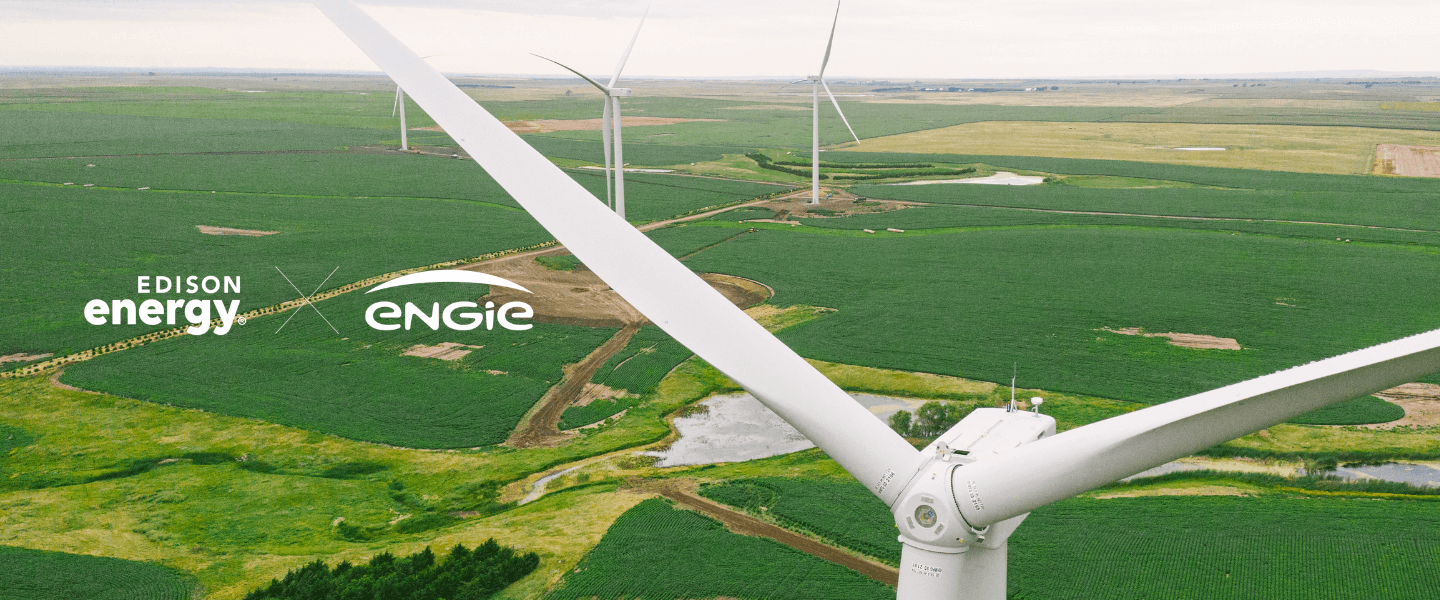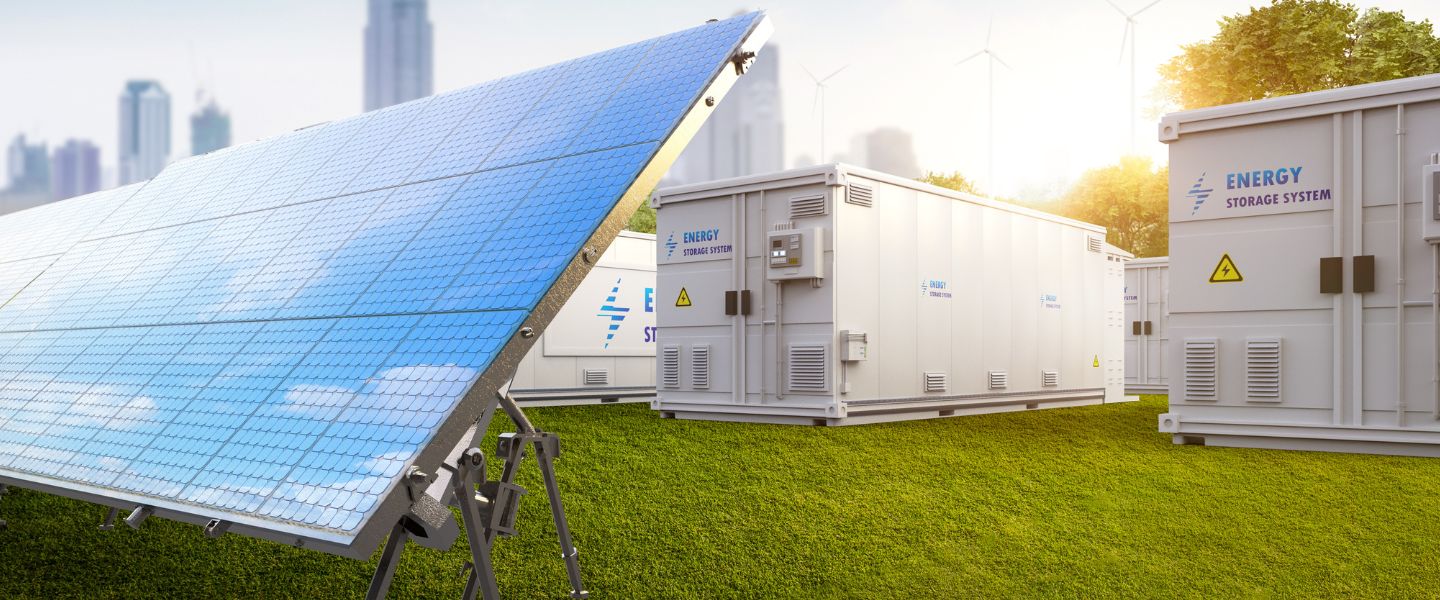BU turned to Edison Energy, who identified the Triple H Wind Project to help reach its 2040 target
In 2017, Boston University (BU) approved a bold Climate Action Plan to reach carbon neutrality across its campuses by 2040 and to prepare its campuses for the impacts of climate change.
The plan–which is a decade ahead of a similar effort by the City of Boston–involves energy efficiency upgrades, shifting to electricity for heating and cooling where possible, as well as purchasing power from renewable energy resources.
Because the University did not have the option for large-scale on-site renewables due to its dense urban setting, it opted instead for a virtual power purchase agreement (VPPA) that included significant emissions reduction impacts and critical economic benefits.
BU turned to Edison Energy, who identified the Triple H Wind Project to help reach its 2040 target.
Located in Hyde County, South Dakota, the 250 MW wind farm–which came online last year and was developed by renewable energy provider ENGIE North America and its affiliates —is expected to reduce BU’s carbon emissions by 53%. Sited in a rural area where large-scale energy projects bring much-needed economic support, the wind farm will generate approximately $36 million in state and local tax revenue over its lifetime.
BU’s contracted 48.6MW of capacity from the Triple H Wind Project is expected to produce 205,000 Green-e Certified RECs (Renewable Energy Credits) each year. The University will receive and retire the RECs to claim credit for the emissions reductions from the wind farm.
“This is a trend we’re seeing with many different customers,” said Laura Caspari, VP, Head of Power Marketing and Commercial Strategy at ENGIE North America. “At universities and colleges, there is significant grassroots pressure from students for those institutions to set and attain meaningful sustainability goals and they are seeking PPAs to meet those goals. The institutions have large energy consumption and socially conscious campuses and stakeholders, which form the impetus for that kind of change. BU was a little ahead of others, which puts them at the forefront to a certain extent.”
Caspari also noted an uptick in aggregated procurements, where multiple campuses aggregate their electricity demand and then enter into a joint PPA.
“The grid where the Triple H Wind Project resides is within the Southwest Power Pool (SPP), and that’s a grid that relies heavily on coal power–more than some other parts of the U.S.,” she said. “The impact of the Triple H Wind Project supplanting coal emissions is higher in that area. It reduces the need to dispatch coal plants in the region, so it reduces regional greenhouse gas emissions (GHG) and of course that improves the local air and water quality and increases biodiversity.”
The SPP has members in 14 states and lists coal as the top fuel type for energy production, coming in at 38.6%. The region also generates 29.5% of its power from wind resources, indicative of a growing trend in the region.
South Dakota’s total electricity net generation in 2020 was almost two and a half times greater than it was in 2008, primarily because of increased generation from wind, hydropower, and natural gas, according to the U.S. Energy Information Administration (EIA). In 2020, hydroelectric power accounted for half of the state’s net electricity generation, while remaining generation came almost entirely from wind, coal, and natural gas.
Last year, wind power supplied about one-third of South Dakota’s total electricity generation, with the state currently hosting approximately 25 large-scale wind farms along with many smaller wind projects, resulting in nearly 3,000 MW of installed wind energy.
Economic benefits
With South Dakota largely dependent on agriculture, local economies are particularly sensitive to world commodity prices and weather. The Triple H Wind Project has helped drive local and regional economic benefits, adding significant revenue to farming operations.
Rural landowners and farmers who host or live near the wind farm receive payments through easement agreements. Because only a small portion of the land under lease is used for the wind farm, agricultural operations can continue largely undisturbed.
The wind farm also resulted in 400 jobs during the construction phase, 11 full-time permanent jobs during project operation, and robust spending at local stores, hotels, and restaurants.
Together with millions in taxes over the life of the project, and donations to local entities, the wind farm is expected to provide more $130 million in local economic benefits.
For ENGIE North America, the success of a project is also judged by the benefits it brings to local communities. This goes beyond actual project operations, with the developer prioritizing meaningful engagement and relationships with neighborhood organizations, leadership, and residents.
“The Triple H Wind Project team donated a new freezer, washer, and dryer to a local community daycare association called Hand in Hand, a charity organization in South Dakota that relies heavily on donations from the community,” Caspari said. “Childcare is becoming scarcer, more expensive and an issue during Covid, so it was a really timely donation.”
But it hasn’t stopped there, Caspari said, noting that ENGIE North America has also made donations to local community events, including sponsorship of a local high school rodeo and other community initiatives.
The Triple H Wind Project continues to garner attention for its many environmental benefits, including from the U.S. Environmental Protection Agency (EPA), which recently named BU as one of five recipients of its 2021 Green Power Leadership Awards. The EPA cited BU’s contract as the largest single active VPPA by any of the 126 colleges and universities in its Green Power Partnership.
About ENGIE
Earlier this year, the ENGIE Group announced its ambition to become net zero by 2045, covering all emissions across its value chain. This long-term ambition is complemented by intermediary targets for 2025 and 2030 and the commitment to maintain a trajectory compatible with well below 2 degrees Celsius.
The ENGIE Group also aims to support its clients in their energy transition and has committed to contributing 45Mt to the decarbonization of clients by 2030, positioning itself as a global leader in the industry.
In the U.S. and Canada, ENGIE North America owns and operates more than 3 GW of installed wind and solar capacity and continues to pursue its commitment to sustainability through increasing its renewable energy footprint.


